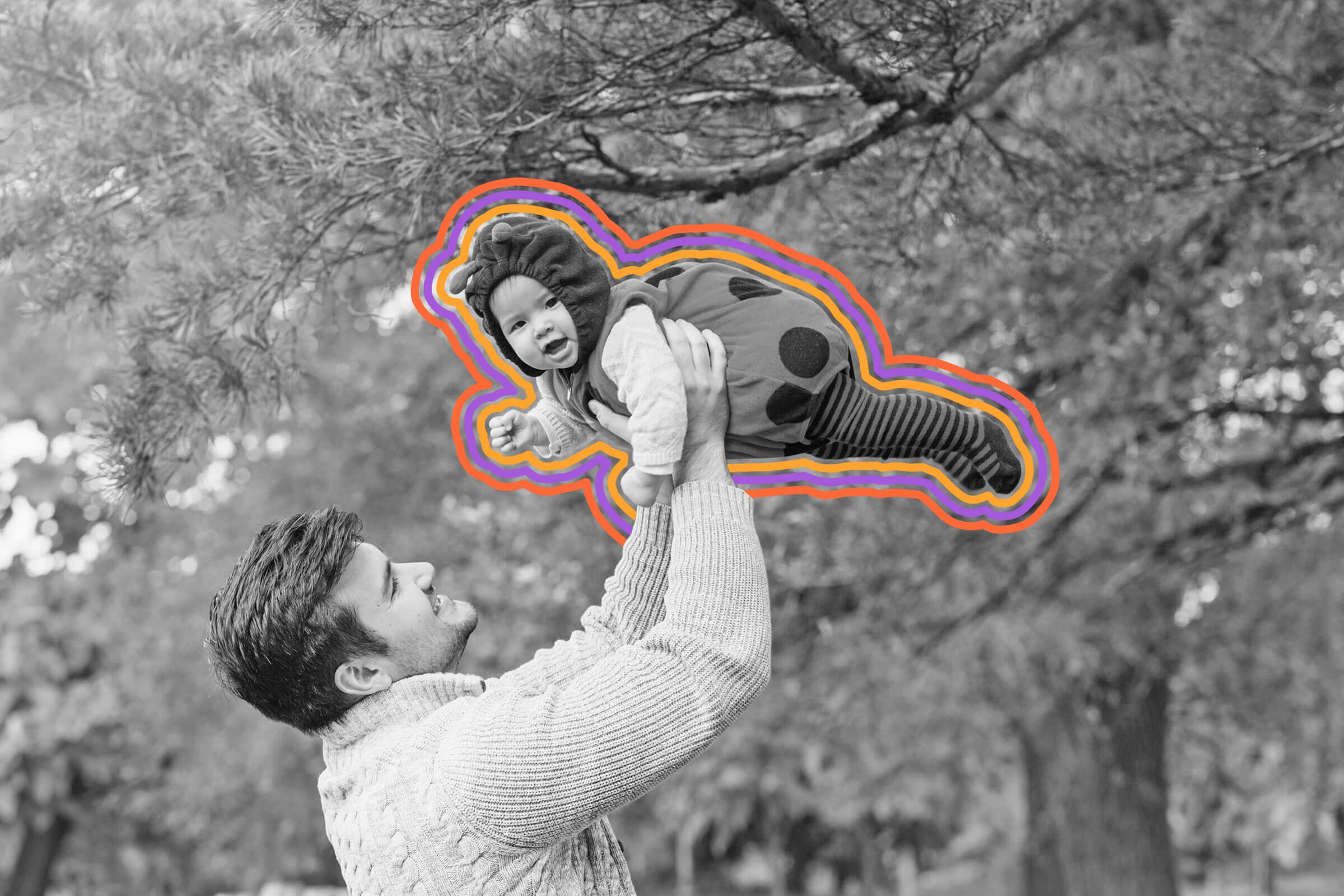

Halloween has grown from its ancient, supernatural roots into a fun-filled night of candy, costumes, and (mostly) wholesome thrills. In America, it’s a $12 billion industry, with the average person spending more than $100 on candy, costumes, and decor — but it’s celebrated differently all over the world.
How did late October get its creepy reputation? What root vegetables were jack-o’-lanterns originally carved from? How much do we really spend every year dressing our pets like hot dogs? These eight facts about Halloween are sure to be a real treat.
Halloween Has Roots in an Ancient Celtic Festival

The earliest precursor to Halloween is a Celtic festival called Samhain, which was celebrated midway between the fall equinox and winter solstice, and marked the day when the barrier between the real and supernatural worlds was thought to be thinnest. This connection with the otherworld meant that both the dead and dangerous spirits could cross over, or so it was believed, and so Celts wore costumes to blend in and evade harm.
Some 60% of Parents Admit to Stealing Halloween Candy From Their Kids

According to a survey from the National Confectioners Association, 60% of parents admit to pilfering from their kids’ trick-or-treating haul. Of those parents, 37% sneak the goodies after their kids have gone to bed, 32% snack while they’re in school, and 31% don’t bother with stealth at all and just take the candy right in front of their trick-or-treaters.
Americans Spend More Than $500 Million on Pet Costumes Every Year

According to the National Retail Federation’s annual Halloween spending study, Americans have spent at least $500 million on pet costumes every year since 2018. In fact, when Halloween costume spending dipped for humans during the first year of the COVID-19 pandemic, pet spending held steady. Pumpkin and hot dog costumes are especially popular.
It’s Technically Illegal to Dress Up as a Nun in Alabama

Nun costumes — sexy or not — are widely available at costume and Halloween stores. But in the state of Alabama, they’re technically illegal, unless you’re an actual nun. There’s been a law on the books since 1965 that prohibits impersonating, including wearing the “garb” of, any member of the clergy, so the same thing goes for priests and rabbis. Whether the law is actually enforced is another matter.
The First Jack-o’-Lanterns Were Made From Turnips

The jack-o’-lantern originated in 17th-century Ireland, based on a piece of folklore about a man named Stingy Jack who tried to trick the devil and ended up being caught between heaven and hell forever, with only an ember in a lantern to light his way as he roamed. Jack’s lantern was said to have been carved from a turnip, and so were the lanterns people made in Ireland and Scotland that were meant to frighten him (and other evil spirits) away on the long nights. Celtic Halloween traditions eventually traveled to North America, where pumpkins — native to the area — became the norm.
The Term “Trick or Treat” Comes From Canada

Today, trick-or-treating is an integral part of U.S. Halloween, but the earliest known use of the term comes from Canada, specifically the provinces of Saskatchewan and Alberta. Some early versions of the term appeared in local newspapers in 1923 and 1924 (“treat or trick,” “‘treats’ not ‘tricks,’”) with the full phrase showing up in 1927. The term then traveled to the United States, showing up in Michigan in 1928. It first appeared as a verb — “trick-or-treating” — in the 1940s.
An Early Form of Trick-or-Treating Was Called “Guising”

It took a while for the term “trick-or-treating” to reach the American mainstream, but when Celtic people brought their traditions to America, they brought “guising” with them, too. In 18th- and 19th-century Ireland and Scotland, children would dress up in costumes and perform wholesome tricks — like singing songs or telling jokes — in exchange for treats.
Beverly Hills Banned Kids From Having Silly String on Halloween

The ritzy Los Angeles suburb of Beverly Hills is trying to cut down on Halloween pranks with a new 24-hour ban — starting at 6 a.m. on October 31 — on anybody under 21 carrying shaving cream, hair removal gel, or silly string. The first offense gets a warning, but repeated violators could be charged with a misdemeanor. Law-abiding mischief-makers, take note.
